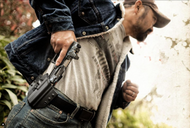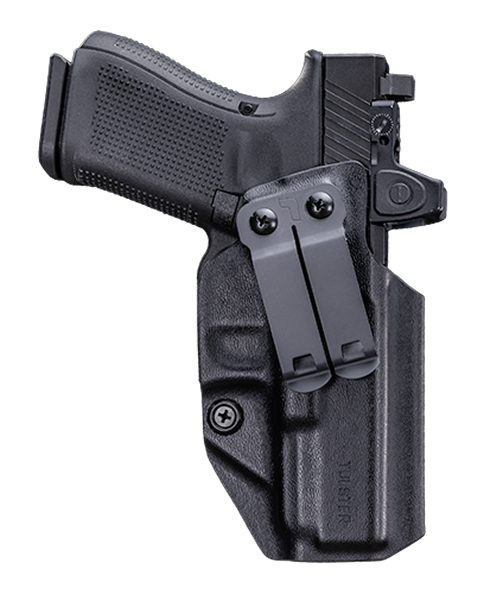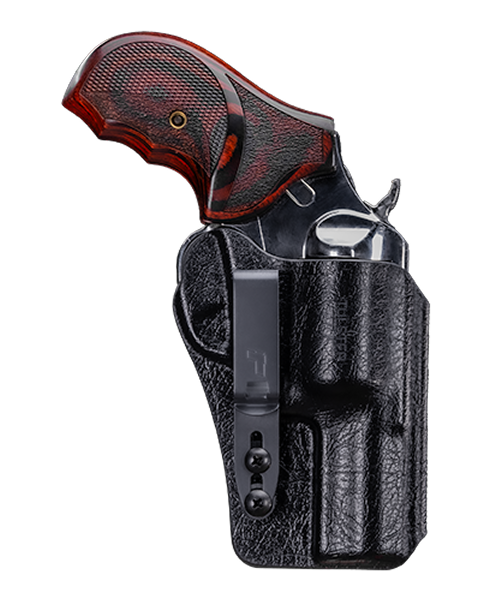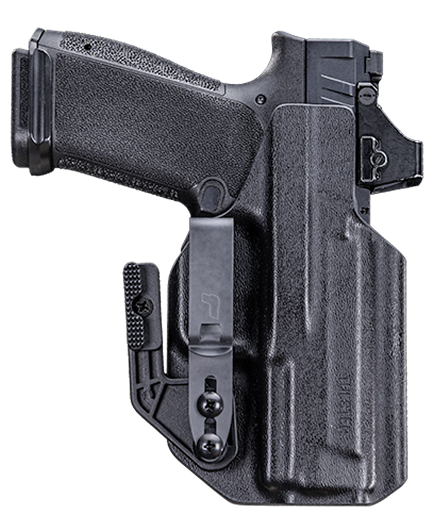Handling Close Threats: Shooting From Retention
Posted by Tulster on Sep 9th 2024
When faced with a close-range threat, the ability to quickly and effectively use a concealed firearm can be a matter of life or death. In these high-stress situations, the concept of shooting from retention becomes crucial. This technique is designed to ensure that you can defend yourself even when an assailant is within arm's reach. Here’s a comprehensive guide on handling close threats and mastering the art of shooting from retention.
Understanding Retention Shooting
Retention shooting refers to firing your weapon while it remains close to your body, usually within the confines of your clothing or directly at your side. This technique is particularly valuable in close-quarter confrontations where drawing and aiming your firearm in a traditional manner might be impractical or impossible.
Why is Retention Shooting Important?
Close Proximity Threats: In a close-quarters situation, an assailant might be within a few feet of you, making it difficult to extend your arms fully to aim.
Control and Safety: Retention shooting allows you to maintain control over your firearm and reduce the risk of it being taken away by an attacker.
Speed and Efficiency: Drawing and firing from retention can be faster than attempting a more traditional draw, especially when you’re already grappling with the threat.
Techniques for Shooting from Retention
The Compressed Ready Position
Position: Keep your firearm close to your chest, with the muzzle pointed in a safe direction. Your elbows should be bent and your firearm should be held close to your body.
Procedure: When ready to shoot, push the gun out from this position while keeping it close to your torso. This minimizes the chance of the firearm being grabbed or redirected by an assailant.
The Retention Position
Position: Hold the firearm close to your body, with your wrist at a 45-degree angle. The gun should be near your rib cage or slightly forward, depending on your shooting stance.
Procedure: Use your body’s natural movement to align the gun and fire. This position allows for immediate response without the need for full extension.
The Elbow Out Position
Position: Hold the gun close to your body with your elbow out, creating a shield-like barrier.
Procedure: Push the gun forward while keeping your elbow flared outward to maintain control and prevent the gun from being easily taken.
Drills for Practicing Retention Shooting
Dry Fire Drills: Practice drawing and shooting from retention without live ammunition. Focus on your grip, positioning, and trigger control.
Simulated Threat Scenarios: Use training aids or engage in scenario-based training to practice shooting from retention in controlled environments. This helps you simulate the stress of a real-life encounter.
Close-Quarters Combat Drills: Partner with a trained instructor or use simulation gear to practice shooting from retention while moving or grappling.
Safety Considerations
Firearm Handling: Always practice firearm safety, even when dry firing or practicing with dummy rounds. Treat every firearm as if it’s loaded.
Proper Training: Ensure you receive professional training in retention shooting techniques. Improper practice can lead to dangerous habits or ineffective techniques.
Situational Awareness: Retention shooting should be a last resort. Prioritize de-escalation and situational awareness to avoid needing to use your firearm.
Final Thoughts
Mastering shooting from retention is an essential skill for anyone carrying a concealed firearm. By practicing and refining this technique, you ensure that you can effectively defend yourself in close-quarters situations. Remember, the key to success in such high-stress scenarios is a combination of proper training, regular practice, and a clear understanding of when and how to use your firearm. Stay safe, stay prepared, and always prioritize responsible firearm ownership and usage.









